Post currently under construction
I have been meaning to put a piece together on John Bushnell (1636 - 1701) for a very long time - whilst reviewing my files of Church Monuments on my computer I came across the folder of photographs of the monuments in the Churches of Fulham and Putney which I took in June 2019.
Both of these churches contain some very fine monuments but perhaps the most outstanding is that of Lord Maurdant by John Bushnell of about 1676
Margaret Whinney in Sculpture in Britain, 1530-1830), says "the Mordaunt monument, the work of John Bushnell, is 'probably the finest tomb of the period' - who am I to disagree! Although I am not sure that the lower legs are quite anatomically correct.
George Vertue states -
"Mr Bushnall statuary (his Father a Plummer). he born in London. put apprentice to [Thomas] Burman, a good Mason and Carver of that Time. Under him he learnt, or rather his workmen by drawing modelling and Studying, when near the end of his aprentiship (his Mistress being brought to bed) in which Time her nurse that attended her was got with child by ye Master, but he so contriv d it. that Bushnall was marryd to her, the remaining part of his Time given up.
After this Bushnall was by his Master imployd. & sent to put up a Monument in the Country, part of the money [being 15 pounds] he receiv d & went off with it unknown to any one.
Travelld abroad & there studied & became an Excellent Master. Was at Rome, Venice. &c. & many parts of Italy. After nine or ten years he return d home, sett up in London in Hatton Garden".
Bushnell assisted the Flemish sculptor Justus le Court with the massive monument to Alvise Mocenigo in the church of S. Lazzaro dei Mendicanti in Venice.
On his return to London he was commissioned in 1669 to produce a series of garden statues, now lost, for the country property of Sir Robert Gayer at Stoke Poges.
In the following year he carved the four royal figures for the niches on Temple Bar.
In 1670 he carved life-size stone figures of Charles I, Charles II and Sir Thomas Gresham for the Cornhill entrance to the Royal Exchange, which are now in the Old Bailey.
Gift from Sir Bruce Stirling Ingram, 1948
................
Sir Philip Frowde
Bath Abbey.
c. 1675.
Photographs taken by the author.

.......
The Four Statues on Temple Bar.
c. 1670.
Photographs here from the website of the excellent Bob Speel -
http://www.speel.me.uk/sculpt/bushnell.htm
Biography here lifted from - the on line version of A Biographical Dictionary of Sculptors in Britain, 1660-1851. the entry by Ingrid Roscoe
The first English sculptor to handle the Italian Baroque
style with confidence, he was dismissed by Horace Walpole as ‘an admired
statuary in his own time, but only memorable to us by a capricious character’
(Anecdotes III, 1782, 258). Many of the anecdotes noted below derive from
Vertue’s accounts.
He was the son of Richard Bushnell, a plumber, and his wife,
Mary, and was baptised at St Andrew, Holborn on 22 April 1636. He was
apprenticed to Thomas Burman, but before his seven-year term was completed, he
was trapped by his master into marrying a servant Burman had himself seduced.
When Burman sent him down to the country in 1656 or 1657 to supervise the
erection of a monument Bushnell seized his chance to escape, taking with him
£15 of his master’s money. He fled to the Continent and, according to Bushnell’s
sons, remained there for at least ten years.
He apparently stayed two years in France and then posed as a
labourer in Rome, Germany and several Flemish cities, thereby arousing
astonishment by his skill in carving. He was certainly in Venice by the autumn
of 1663, assisting with an ambitious project supervised by a Flemish master,
Giusto de Corte, the monument to General Alvise Mocenigo, which fills the west
end of S. Lazzaro dei Mendicanti (1). Bushnell was responsible for two
elaborate reliefs depicting Mocenigo’s victories over the Turks in 1650. Payments
totalling 2,500 ducats, a considerable sum, were made to Giovanni Businelli
‘inglese scultore’ between October 1663 and May 1665.
A visiting English aristocrat is said to have persuaded
Bushnell to return home, c1667, and he set up in Hatton Garden. Soon after, he
was presented to King Charles II and, despite Bushnell’s arrogance, which
irritated courtiers from the outset, the King received him with courtesy and
privately commissioned plaster statues of himself and his father, perhaps for
the palace of Whitehall, but long missing (14). Among other untraced works
Vertue records a marble statue of Mark Antony (15), his first work after returning
to London, and a bust of William Talman with an exaggerated contrapposto pose,
a long, feminine neck and hair arranged in an unusual manner (24).
Early in 1669, at a time when Bushnell was short of work, he
was commissioned by Sir Robert Gayer, the Sheriff of Buckinghamshire, to carve
three colossal works of Portland stone for his gardens at Stoke Poges (20).
When the blocks arrived they were too large for the Hatton Garden workshop, so
he found another studio in Whitehall and, when that proved inadequate, a third
in Wandsworth. Practical problems and the lure of a prestigious public
commission prevented Bushnell from completing within the stipulated two years
and in due course led to a protracted and acrimonious court action, the first
of several legal wrangles involving the sculptor.
The rival contract was for statues of three Stuart kings and
Queen Elizabeth I for Temple Bar (18). He seized the opportunity to show his
knowledge of recent developments in Roman sculpture and the figures, in
modified classical garb, turn in an exaggerated manner, their cloaks falling
into strong diagonal folds. In the same year he made the effigy for the Duke of
Albemarle’s state funeral in Westminster Abbey, executing the face and hands in
wax and the rest in plaster (26).
In 1670-1 he carved statues of Charles I and Charles II for
the Cornhill front of the Royal Exchange (17), and received £300 through Thomas
Cartwright, who supervised the rebuilding project after the Great Fire of 1666,
for ‘Setting up the statues of the two kings’ (MC, GR, 3, 1669-76, 25 January
1672/3). Both figures are dressed all’antica, but with long hair and moustache,
and Charles I’s attitude, hand on breast, is intended to draw attention to his
sufferings. The statues have twisting poses and the influence of Bernini is
apparent also in their finish: the faces, hands and feet bear chisel marks in
imitation of the textural surface of Bernini’s St Longinus, in St Peter’s,
Rome. Bushnell also supplied a statue of the Exchange’s founder Sir Thomas
Gresham for the south entrance, modelled on a figure by an unknown sculptor
that had survived the Fire (16). Vertue noted that the model for the head was
of terracotta and suggested that Edward Pearce carved the statue. Bushnell
evidently thought that he had the contract also for the line of Royal statues
to be sited in niches in the inner courtyard, for he began work on six or
seven, including Edward VI, Queen Mary I, Queen Elizabeth I, King James I, King
Charles I and II (18). He then discovered that another sculptor, C G Cibber,
had been appointed to carve some of the kings and refused to proceed further.
The size of Bushnell’s practice in commemorative monuments cannot be fully gauged since none is signed and documentation is scant, but Vertue says that he provided many and he lists six.
One of the earliest, to Abraham Cowley, 1674, in Westminster Abbey (3), an urn on a pedestal, was paid for by the Duke of Buckingham.
A more ambitious monument, to William and Lady
Jane Ashburnham (5), is a tableau framed by a curtained baldacchino; the
disconsolate husband kneels, his arm outstretched towards his dying wife, who
is crowned by a cherub with the wreath of immortality. Flanking the tomb chest
are four balusters carrying emblematic objects. Gunnis notes that there is a
brief reference to Bushnell and the black marble background in the Ashburnham
archives. The reclining figure of Jane Ashburnham provided a pattern for two
wall monuments erected in 1676, to Dame Mary May (raised for herself) and to
Elizabeth, Lady Myddelton (6, 7). For the latter, a painted portrait was sent
up to London ‘for Bushnell the stone-cutter to draw a pattern’. Among his
wall-memorials with portrait busts were one to Sir Thomas and Lady Myddelton,
1676 (8), and another to Mrs Grew, †1685 (10).
A more inventive composition is the monument to Viscount Mordaunt (4), a standing effigy with a swaggering pose, the head dramatically turned to the right and counterbalanced by a swirling, deeply undercut cloak draping the torso. As with the Ashburnham (5), Bushnell makes use of four short, flanking balusters here supporting inscription tablets, a coronet and gauntlets emphasising Mordaunt’s illustrious ancestry. In 1688 the sculptor was paid for part-demolishing the monument so that Lady Mordaunt’s body could be interred with her husband (Fulham Ch W Accts, 1668). Another unusual work was the monument to Sir Palmes Fairborne, Governor of Tangiers, in Westminster Abbey (9), an inscribed pedestal, originally flanked by obelisks supporting profile medallions of Turkish subjects and reliefs of the siege of Tangiers, where Fairborne was killed.
Bushnell’s last known tomb, raised to the Earl of Thomond at Great Billing by his widow in 1700, is an anachronistic composition (11). Kneeling effigies of the Thomonds and two children, memorable for their crude faces and stocky build, lean over a relief tablet carved with profile representations of five younger children. Below is a tomb chest of marked refinement.
Bushnell was an arrogant man, who regarded all English
rivals as inferiors and responded to any slight on his reputation. When some
fellow sculptors taunted him by declaring that he could not model a naked
statue, Bushnell proceeded to make one of Alexander the Great (13), which
Vertue saw many years later: he thought the body and limbs remarkably beautiful
but the head, hands and feet ill-formed. On another occasion Bushnell heard
courtiers discussing the wooden horse of Troy and declaring it would be impossible
to construct such a thing. Again he could not resist proving his superiority
and set about making a horse of wood covered in plaster, of such a size that
the head alone was large enough to contain a table where twelve men might sit.
When it was practically finished a sudden gale blew it over and smashed it. Two
vintners, who had made an agreement with the sculptor to use the horse as a
tavern, offered to pay for its re-creation after the gale, but Bushnell had not
the heart to begin again, though the failed project lost him £500.
Bushnell had property interests which brought considerable anxiety and finally unbalanced him. In 1678 he leased a house at Goose Green, Wandsworth, which he extended at his own expense. Some years later a former owner emerged and claimed the building, precipitating a court action.
In 1685 he took another lease on a large property at the junction of Tyburn Lane and Piccadilly, near Hyde Park, and again faced legal proceedings since he mortgaged the lease for a loan of £200 and failed to pay the interest.
Bushnell’s
failure to maintain yet another dwelling at Thorndon, near Canterbury, led to a
case at the Court of Chancery and finally, in 1690, he inherited a home at
Stratfield Mortimer, near Reading, Berks, from a godfather, but under such
complex terms that further litigation dogged his last years. Another venture, a
scheme to import coal to London, failed, bringing near ruin.
He died in the Hyde Park house of ‘gout of the stomach’ in
May 1701 and was buried at St Mary, Paddington, his occupation being recorded
in the parish register as ‘image-maker’. His two sons, John (who was made free
of the Masons’ Company by patrimony in 1719) and and a younger boy, Richard (b
1679), were still living in the house in the 1720s, refusing entry to visitors
and even destroying their father’s work since they felt it was insufficiently
appreciated. Vertue managed to get in, however, and was surprised to see the
staircase and floors still uninstalled. In Bushnell’s studio he noted several
marble statues and an equestrian figure of Charles II in plaster, intended for
casting in bronze, which he considered spirited but not graceful (21). The
statue of Alexander (13) and Talman’s bust (24) were still intact and he saw
also the abandoned Royal Exchange figures in various stages of completion (17).
Apparently their poses were unconvincing and the legs ill-carved.Vertue also
found evidence that Bushnell worked as a painter, for against one wall was a
large triumphal scene painted on cloth, but in such a dilapidated state that
its quality could not be assessed.
Bushnell’s full-blown baroque style must have been a revelation to practitioners who had not travelled abroad. His dramatic use of torsion, diagonals and undercutting all had an impact on English sculpture.
Whinney suggests that he may also have popularised a wider range of materials, drawing attention to the use of wax for the face and hands of Albemarle’s effigy and plaster for the body.
Critics from the 18th century onwards have
agreed that his sculpture is often crude and pretentious by comparison with contemporary
Continental work and his standing figures tend to be ill-balanced.
IR
Literary References: Vertue I, 29, 86-7, 90, 128-9; II, 8,
9; IV, 152; Esdaile 1926-7, 21-45; Whinney 1988, 95-102; Grove 5, 293-4
(Physick); Gibson 1997 (1), 168-71, 371-72, 376; Gibson 1997 (2), 138-173;
Gibson 2001, 49-60; Ward-Jackson 2003, 415; ODNB (Gibson)
Archival References: PR, St Martin-in-the-Fields, 1685, WCA
F 412; Hay Hill, St Martin-in-the-Fields, 1686, F 412; 1686, Hyde Park Road,
1686, F 413; Tyburn Lane, St Martin-in-the-Fields, 1691, F 419; Masons’ Co,
Freemen, 1719 (John Bushnell)
Wills: PROB 6/78, fol 93: PROB 6/87, fol 45; PROB 6/107, fol
52v
Miscellaneous Drawings: Design for a garlanded urn
surrounded by the royal crown (Bodleian, Radcliffe b.20,no 169 (f.171),
inscribed in William Talman’s hand ‘Bushnell fect’












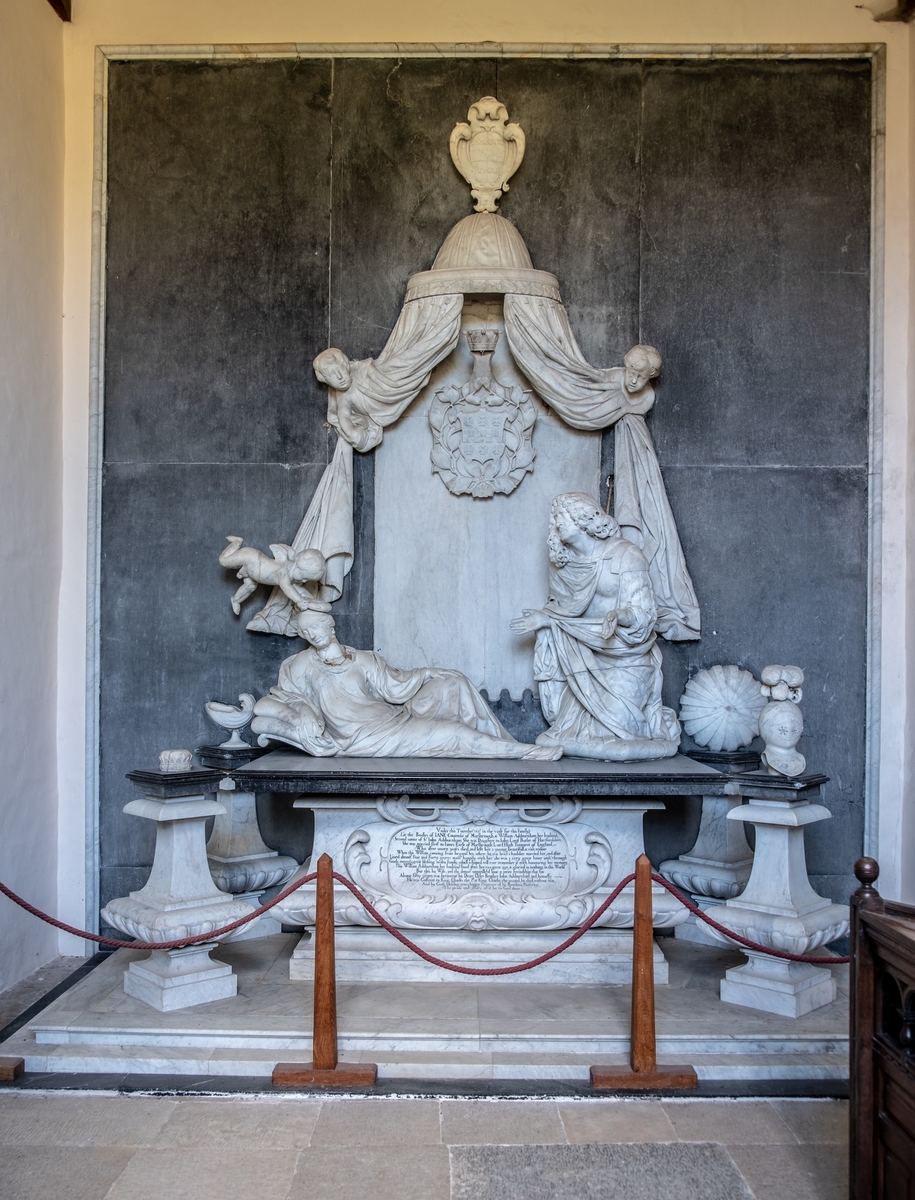




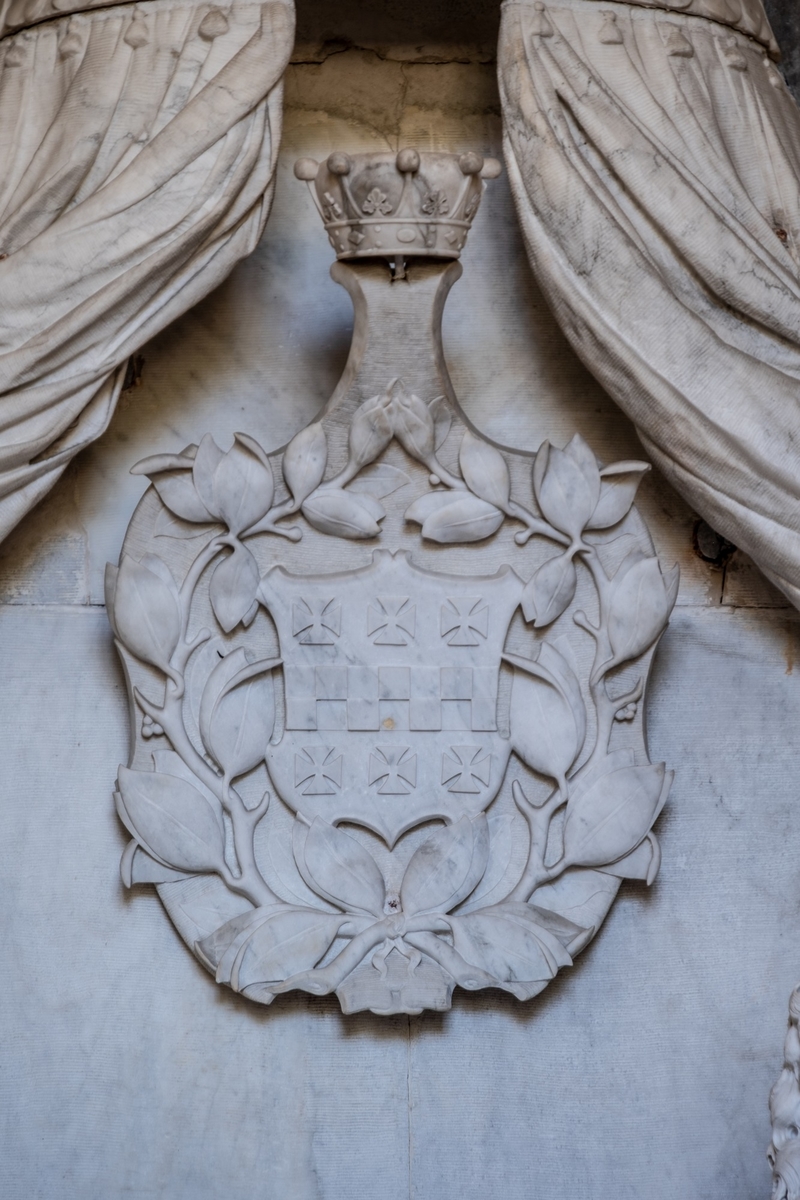
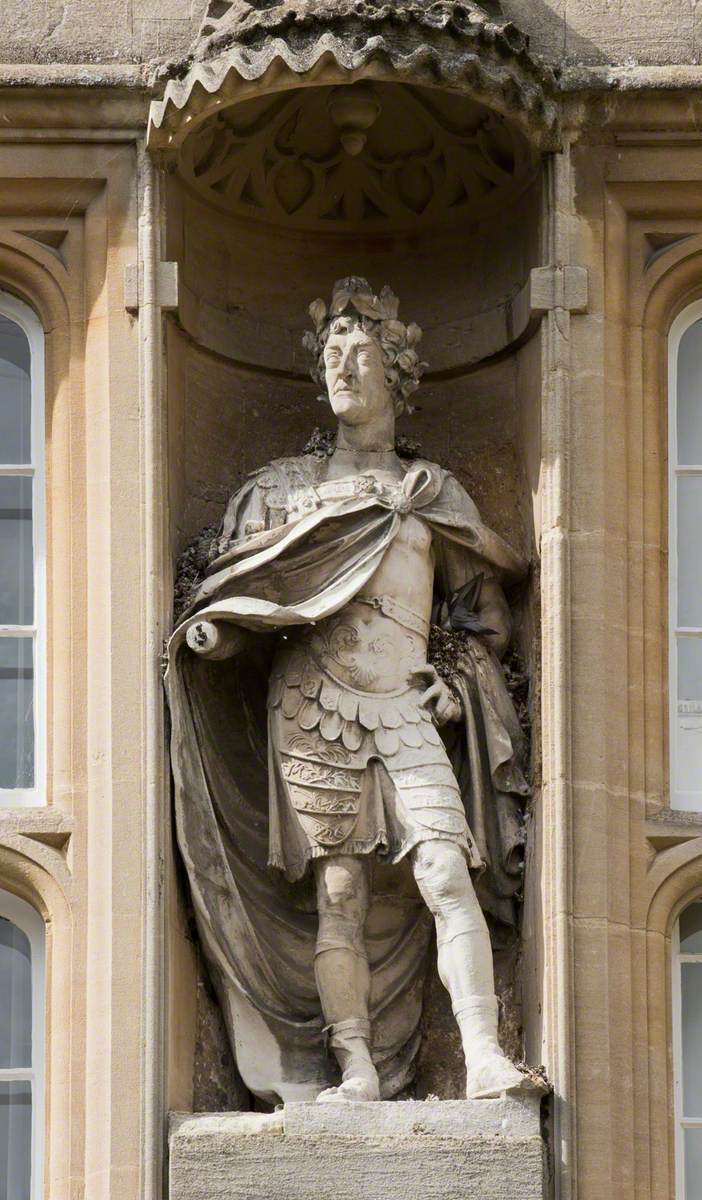


















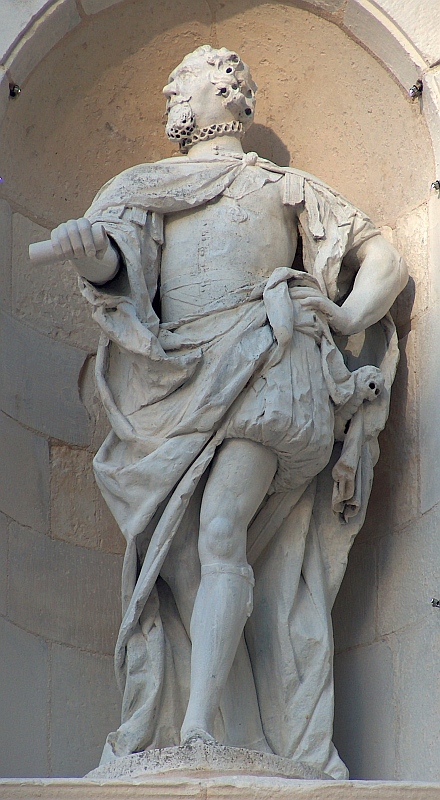
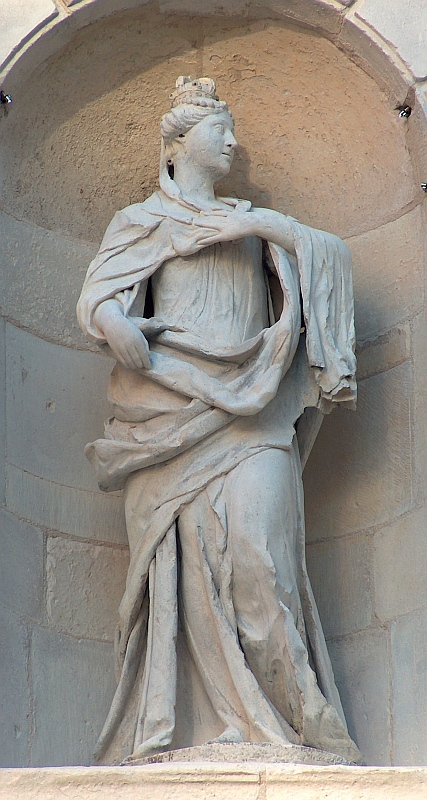
This comment has been removed by the author.
ReplyDeleteI nice write-up on John Bushnell. I hope to see the Fulham example in a few weeks. I am currently researching Bushnell, starting with photographing and measuring the documented extant work. I've also discovered six other, so far unrecorded, works. -- C B Newham
ReplyDeleteThanks for the comment Bushnell is a fascinating but flawed character - I will come back to him in due course - I feel a post on Temple Bar coming but it will have to wait until I am done with the Cheere brothers and other obsessions - feel free to follow the blog and use anything I post - please credit me - you will need a google account.
Delete